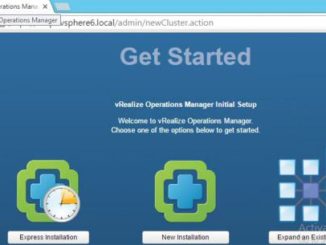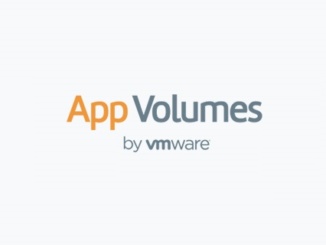
Basic Configuration vRealize Operations Manager 6.2
Once you have deployed the vRealize Operations Manager, you have to browse to the vROPS Web interface. I did create my DNS entry for vROPS.vsphere6.local before I deployed the appliance. Because this is a demo, I will select the New Installation. Official VROPS page: Product Information Link Official VROPS Documentation: Documentation Link Official download page: Download here! Click Next and set your password Choose your certificates (I am using the default for the test) and click Next Set the Cluster MasterNode Name and NTP and click Next. Click Finish The Node will now prepare for first time use Start the vRealize Operations Manager for the first time If you have a big environment you might want to add more Node (Operation Managers) to your vROPS […]


